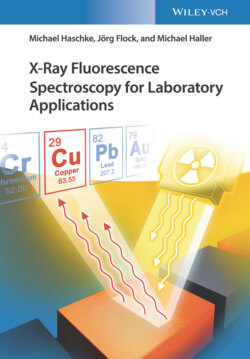Читать книгу X-Ray Fluorescence Spectroscopy for Laboratory Applications - Michael Haschke, Jörg Flock - Страница 36
3.4 Small Parts Materials
ОглавлениеPowder-like materials can be of various nature – minerals such as ores, rocks, or sands, slags or metal swarfs, but also polymer granules or secondary raw materials.
The sample preparation starts usually with crushing of the samples, which is usually combined with a mixture and division of the crushed material, in order to achieve sufficient representativity. For geological samples it is recommended to remove metallic components; Fe-containing particles for example can be removed by a magnetic separator, and other metals for example by flotation. After further grinding or cutting steps, the final making of the test sample can be carried out by filling the test particles into a sample cup or vessel, by pressing a tablet, or by producing a fusion bead. Depending on the starting material, the processing methods and sample quantities given in Table 3.6 are usually used.
In the following, it is to be assumed that sample particles exist in a size of 2 mm, which means that they were prepared by breaking or cutting.
Table 3.6 Steps for processing and sampling of small part materials.
